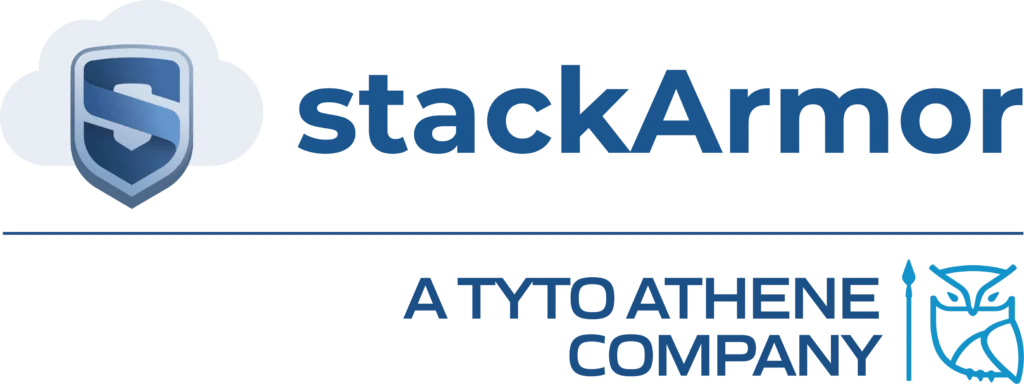Hey MSPs: Why FedRAMP Moderate Equivalency Beats Bare-Minimum CMMC
Implementing CMMC? Think FedRAMP Moderate Equivalent Instead. Hey MSPs…You Should Aim Higher Than Bare-Minimum CMMC. Go Full FedRAMP Moderate Equivalent. Be Brave! The Pentagon finally dropped the other shoe. With the Defense Federal Acquisition Regulation Supplement (DFARS) amendment now posted for public inspection, CMMC requirements officially land in DoD contracts on November 10, 2025. Simply put, the grace period is over! Procurement just turned into a cybersecurity filter. If you don’t meet the level specified in the RFP, go home and slap yo’ SSP – simple as that. This is all great news for national security, but not-so-great if your business plan assumed you’d get to CMMC later or figured it didn’t apply to you. If you’re a Managed Service Provider (MSP) in the Defense Industrial Base (DIB), it definitely applies to you. The good news is that there’s a smarter move than sprinting to the nearest C3PAO for a
